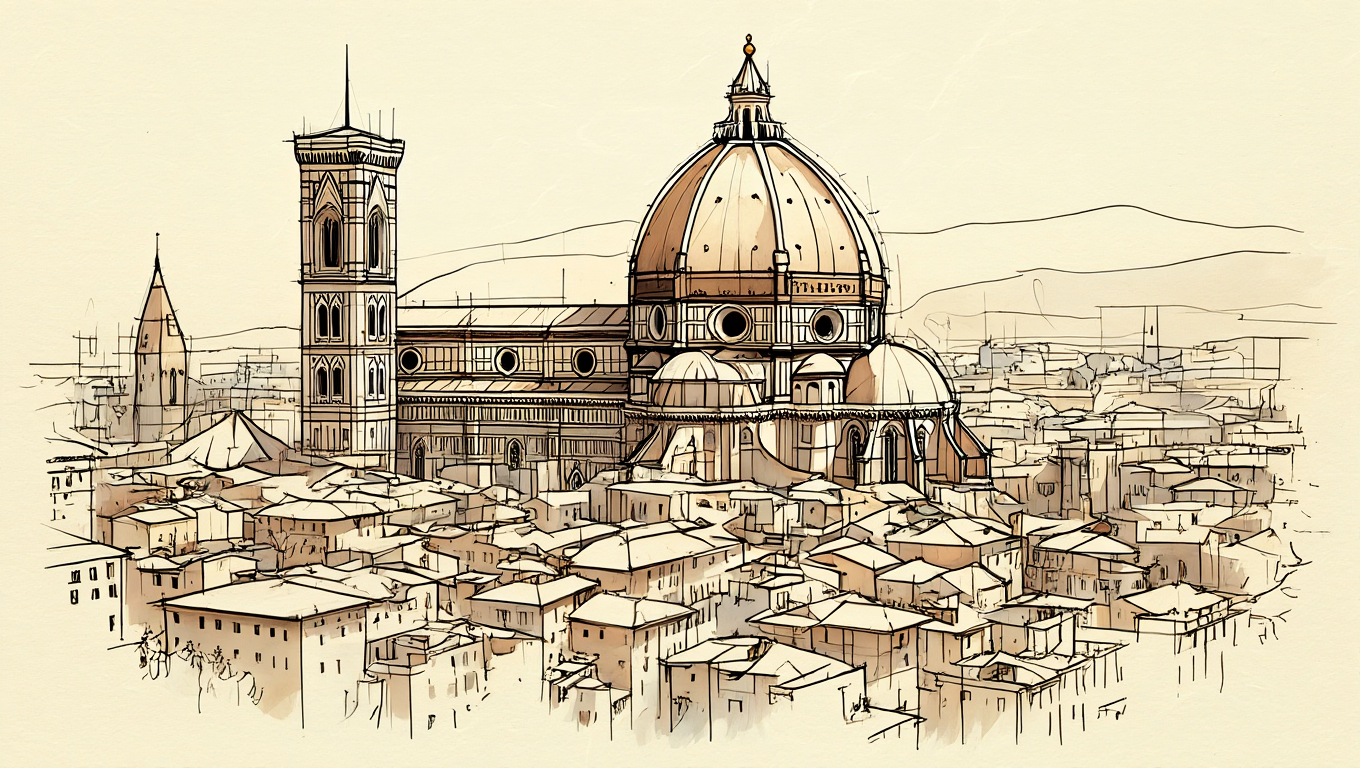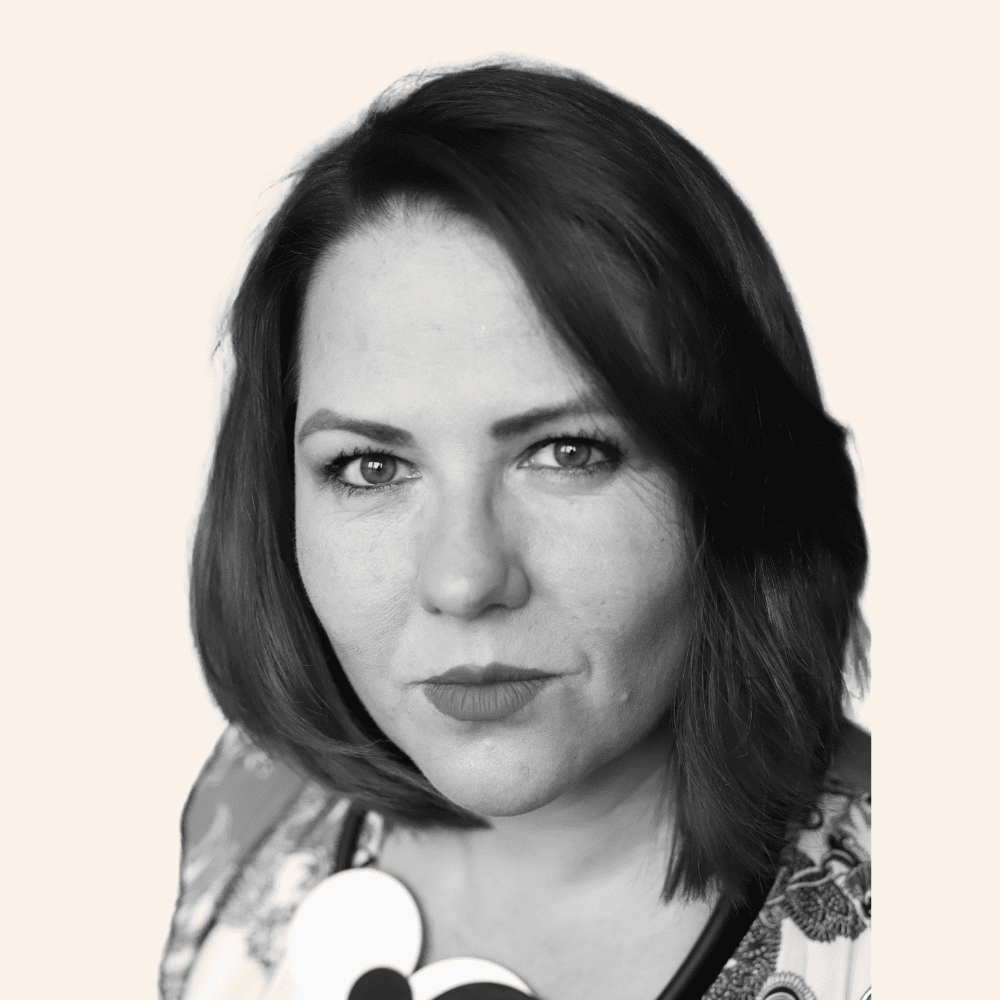“Cathedral thinking” embodies a long-term perspective, where goals are set to benefit future generations. This concept originates from the visionaries who initiated the construction of medieval European cathedrals. Today, we face complex challenges such as climate change, inequality, and geopolitical tensions. These issues, combined with rapid technological advancements and amplified by global interconnectedness, necessitate a commitment to a long-term vision – a preferable future. We must recognise that our current decisions have the power to shape the trajectory of the future, and acknowledge that some of the foundational work we undertake today may not reach its full realisation for generations.
Lessons from the visionaries of the past
Consider the history of Santa Maria del Fiore Cathedral in Florence, one of the best-known buildings in Europe, an iconic symbol of the Renaissance and Florence itself. Its construction was initiated by the Wool Merchants Guild, who formed the Opera del Duomo group to finance and oversee the project and commission artists to create works for the cathedral. The construction spanned 140 years, and people behind the group were fully aware they would not witness its completion. The design evolved significantly, eventually incorporating a massive dome – a structure that seemed impossible to build at the time. It was this bold vision and ambitious challenge that drove architects to innovate and develop technical solutions. The project also required demolishing existing buildings to enlarge the town square and re-create the road system around the cathedral. What lessons can be drawn from the creators of the Duomo’s vision?
- Aspire to significance: Commit to objectives that will create profound and lasting benefits for future generations.
- Be bold, engaging, and visionary: Even if the technology to realise a vision does not yet exist, it can inspire innovation and solutions for today’s unsolvable issues.
- Confront uncertainty: Acknowledge the inherent unpredictability of the future and proactively prepare for various possibilities.
- Embrace collaboration: Recognise that transformative endeavours require collective efforts that may extend beyond our lifetimes.
- Apply systems thinking: Consider the indirect consequences of actions to understand their full implications.
We rounded up a few companies that you might find interesting.
Navigating a VUCA World
We live in a much more complex world than the cathedral builders – a VUCA world. VUCA stands for:
- Volatility: Rapid and unpredictable changes, such as sudden market shifts or technological breakthroughs.
- Uncertainty: Difficulty predicting future events, even when information is available.
- Complexity: Many interrelated factors make it difficult to identify causes and effects.
- Ambiguity: Unclear or contradictory information that allows for different interpretations.
Despite this complexity, humans strive for certainty, even though the future is inherently unpredictable. We often attempt to forecast outcomes based on mathematical rules and various assumptions to create certainty, but these assumptions are unlikely to hold over long periods. In today’s world, many forecasts fail to materialise beyond a year. Reality is affected by numerous parameters due to interconnectedness and complexity of the system, including systemic effects that do not follow simple action-consequence patterns. In pursuit of stability, many organisations and decision-makers fall into the trap of short-termism, driven by quarterly reporting, yearly KPIs, and electoral cycles.
“Humans are wired to seek patterns and consistency in their environment. This inclination helped our ancestors survive by allowing them to predict potential dangers, identify food sources, and understand the behaviour of others. The psychological need for certainty can be seen in several cognitive heuristics, which are mental shortcuts that simplify decision-making. While these shortcuts are useful, they can also lead to cognitive biases, or systematic errors in thinking.” – Navigating the Paradox of Certainty and Uncertainty, Psychology Today.
Strategic foresight: A tool for long-term vision
While there is no perfect solution for creating successful future visions of our modern-day cathedrals, applying cathedral thinking allows us to embrace uncertainty and pursue ambitious “moonshot” endeavours that propel us beyond incremental progress, towards genuine transformation. Strategic foresight helps us look beyond the immediate, transactional environment, understand external, indirect forces, and imagine plausible futures. It offers a methodology and toolkit to stimulate future thinking, create engaging visions, plan for optionality, and navigate uncertainties:
- Horizon scanning: Identifying & mapping trends and drivers of change to spot opportunities, emerging risks, and blind spots.
- Delphi studies: Tapping into the collective intelligence of experts on future developments.
- Scenario planning: Identifying key, high-impact uncertainties and imagining their possible developments to create multiple future scenarios to design and test strategic responses.
- Future wheel: Understanding potential consequences of events and visualising their direct and indirect impacts.
- Weak signals: Detecting early signs of change to create warning frameworks, allowing us to comprehend which future path we are on and when to act.
- Speculative gamebooks: Engaging participants in interactive, speculative futures to test responses to strategic or ethical issues.
Incorporating strategic foresight can help organisations with:
- Unleashing transformative innovation: Encouraging bold, paradigm-shifting ideas.
- Proactive risk mitigation: Identifying and addressing potential long-term threats.
- Charting a course for enduring progress: Establishing a clear and resilient pathway to a sustainable future.
- Maximising impact: Understanding complex systems and indirect consequences.
Strategic foresight is also applicable to everyday decision-making, including evaluating opportunities, designing impact strategies, evaluating the impact of investments and philanthropic interventions, and wind-tunnelling the wealth preservation approach.
Winning with uncertainty
The future always seems weird and unexpected. Many possibilities lie ahead at any point in time, and the decisions that we make today shape the future outcomes. If we apply a short-term, reactive view, without ambitious goals that target the global challenges, we cannot expect that the results of our actions will have lasting, positive outcomes for future generations. The technologies we design and create today will be used for years to come. We might not need to wait 140 years to see the results (like the medieval cathedral designers), but the full impact of our action could well still be experienced in 2165. Therefore, we must all reserve time to think about the future horizon, systemic reactions, get past the hype and ask “What If?” to create a better tomorrow.










